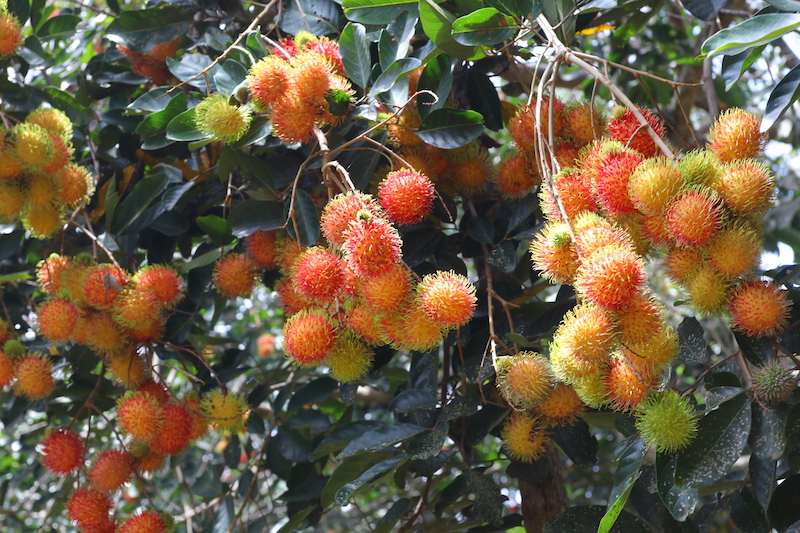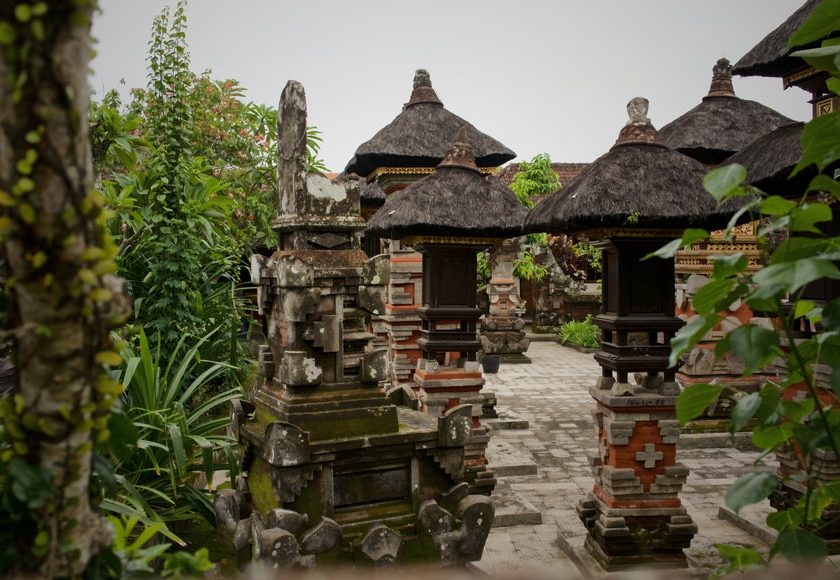Rambutan is a tropical fruit that belongs to the family of Sapindaceae. The name of rambutan refers to the edible that produced by the tree. You need to know that rambutan is a native of Southeast Asia, and the fruit is related closely to several other edible tropical fruits such as pulasan, mamoncillo, and lychee. The name “Rambutan” comes from the Bahasa Indonesia word “rambut” which means “hair.” It is a reference to the numerous hairy protuberances that the fruit has, along with the noun-building suffix-an.
While in Vietnam, this fruit is called chom chom, which means “messy hair”. Rambutan genetic diversity is concentrated in Malaysia and Indonesia. Rambutan has widely cultivated in Southeast Asia such as Sri Lanka, Thailand, Singapore, the Philippines, Indonesia, and Malaysia. Rambutan has also spread from this area to other areas such as Africa, Central America, parts of Asia, and Oceania. Also, there are some limited rambutan plantations in different parts of India.
The taste of rambutan in Indonesia are varies depending on the variety. Some rambutans are very sweet and fresh, some are sour. Rambutan has soft fleshy parts that are also juicy like grapes. Therefore, the best way to describe the taste of this fruit is sweet like grapes. Rambutan also has a taste similar to lychee. After you eat lychee, you will notice the similarity of taste clearly. Lychee and rambutan are both sweet and juicy. Rambutan has an exotic looks and bigger than grapes.
Rambutan trees like warm tropical temperatures (average 25ºC), and the trees can reach eight meters height. Rambutan plants produce flowers after seven years when grown from seed. However, at the age of two years it can flower if propagated vegetatively. Rambutan flowering is influenced by the season or the availability of water. A three-month dry season stops vegetative growth and stimulates flower formation. In northern Sumatra, which does not know the dry season, rambutan can produce fruit twice a year. Elsewhere, flowers usually appear after three months of dryness (in Java and Kalimantan usually October and November).
Rambutan has many types including Rapiah, Macan, Nyonya, Lebak Bulus, and Binjai. The rambutan fruit also has many benefits for human. For health, rambutan fruit is useful for tightening muscles, medicine for flatulence, and worm medicine. The roots can be brewed to cure fever, the bark of the stem is used to treat tongue disease, the leaves are used as headache medicine, while the skin of the rambutan contains toxic saponins, but in Java the skin of this fruit can be used as a medicine by drying it in the sun.
–sh





